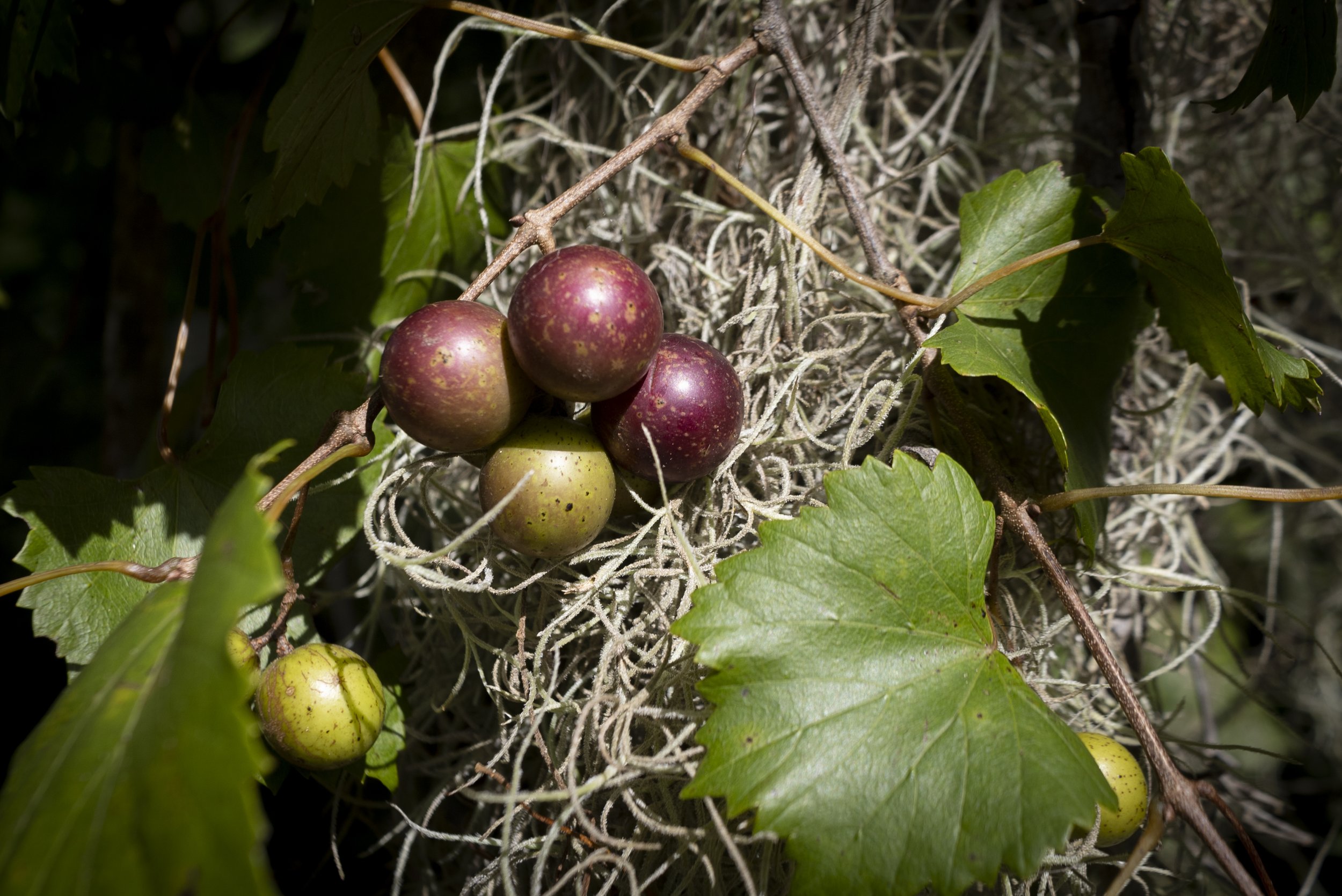Muscadine Bayou
Photographing a bayou is mostly about how early in the morning you’re willing to wake up. The camera is the easy part. By the time I’ve pushed the button on my camera, I’ve already loaded a kayak into the bed of my truck, unloaded a kayak from the bed of my truck, paddled a mile in the dark, dodging wasp nests and spider webs, waiting for the sun to come up. Getting there is the biggest challenge. Just showing up. Staying for a while. The light lets me know when it’s time to go home.
Live oak over unnamed bayou
Standing on its bank, or on a bridge going across it, there’s only so much of the bayou I can see. Ideally, I’m floating on a bayou when I’m photographing a bayou, seeing what an alligator might see, curiosity drawing me onward and patience giving me the wisdom to actually notice where I already am. Maybe I decide to reverse my kayak one-handedly so I can video a vista again, but this time floating backward. Maybe I paddle forward several strokes then lay my paddle across the kayak, approaching a live oak with both hands on the camera. Maybe I spend an hour at the same bald cypress. Maybe the tree is in full flower. Maybe its leaves are poignantly rusty. It’s a balance between movement and stillness. Do I linger, rewind, or float on?
If a kayak doesn’t get me close enough, wading into the water isn’t out of the question. One summer, I wanted to get close-up shots of muscadine vines—the leaves in particular, which are heart-shaped and serrated, silhouettes straight out of a storybook. The muscadine is the magical grapevine of the South, and the way they grow, it’s not like you can just walk right up to one and photograph it; they’re twenty feet in the air, hanging over a bayou, or halfway up a sixty-foot cottonwood. I considered the ease of a zoom lens, of course, but zooming loses clarity, so I decided it was actually me who had to get closer to the wild grapevine, not my lens. Hence the waders. Hence wading through the bayou to get close enough to the leaves that no zooming in at all was required. Skateboarders, I imagine.
Unnamed bayou
Are always wondering if whatever sidewalk or public staircase they’re walking past is a suitable surface to skate on. Same with kayaks. If I’m driving across a bridge, I’m always wondering how I might get a kayak down there. Photographing a bayou is about squeezing a kayak through tufts of sharp cane grass; it’s about struggling to paddle through dense clusters of water lily to explore a hidden waterway down which, it’s quite possible, a kayak has never once floated.
There’s a small, unnamed bayou on Catahoula Island. It branches off of Bayou Berard and progressively gets shallower and narrower until only a pirogue or a kayak can get through, and the way it snakes across the island before eventually emptying back into Bayou Berard carves a small island from the island. Or it would if the bayou still ran its original course. Looking at old maps of the area, from what I can tell, this small, unnamed bayou is the remnant of a much larger native bayou. Imagine the original bayou to have been a kind of semi-spiral, a snail-like turning in the landscape. Now imagine a wide drainage canal—Bayou Berard—come cutting right through the very heart of it.
Muscadine grapes
Most of the small bayou is now totally grown over, or has shriveled to the point of disappearance, although a one-mile-long section remains. Apart from curiosity, there’s no good reason to go down there. Curiosity and wisdom, and at the height of muscadine season, those delicious purple grapes: good enough reasons for me.


